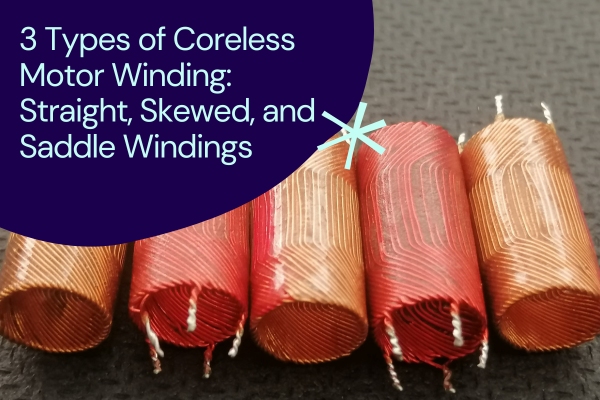Tesla Model S Plaid vs Lucid Air Motor Stator and Rotor Comparison: Who is the Technical King?
Did you know? The Tesla Model S Plaid and the Lucid Air, as two of the top performers in today’s electric vehicle market, not only compete in speed and acceleration but also showcase different motor technologies behind them.








